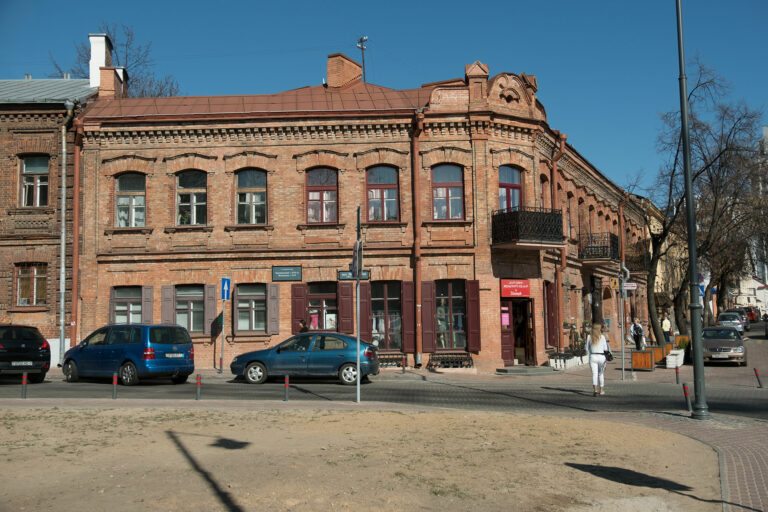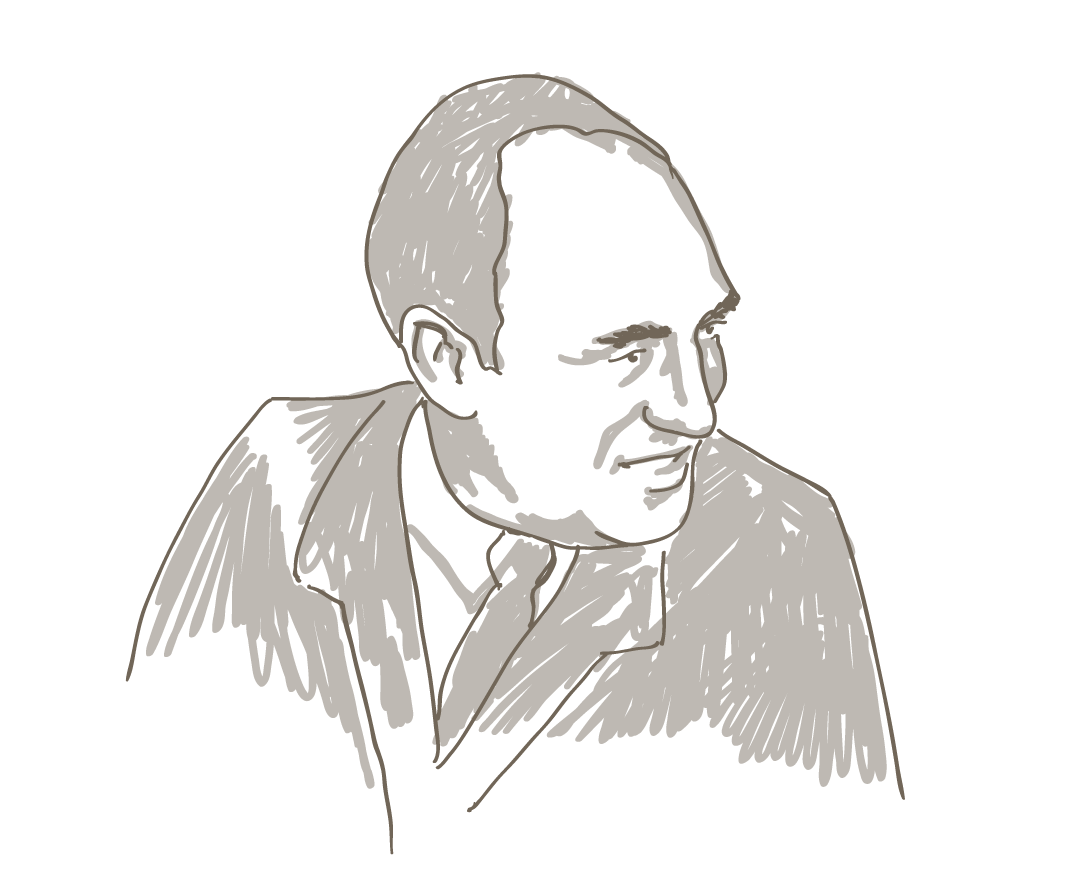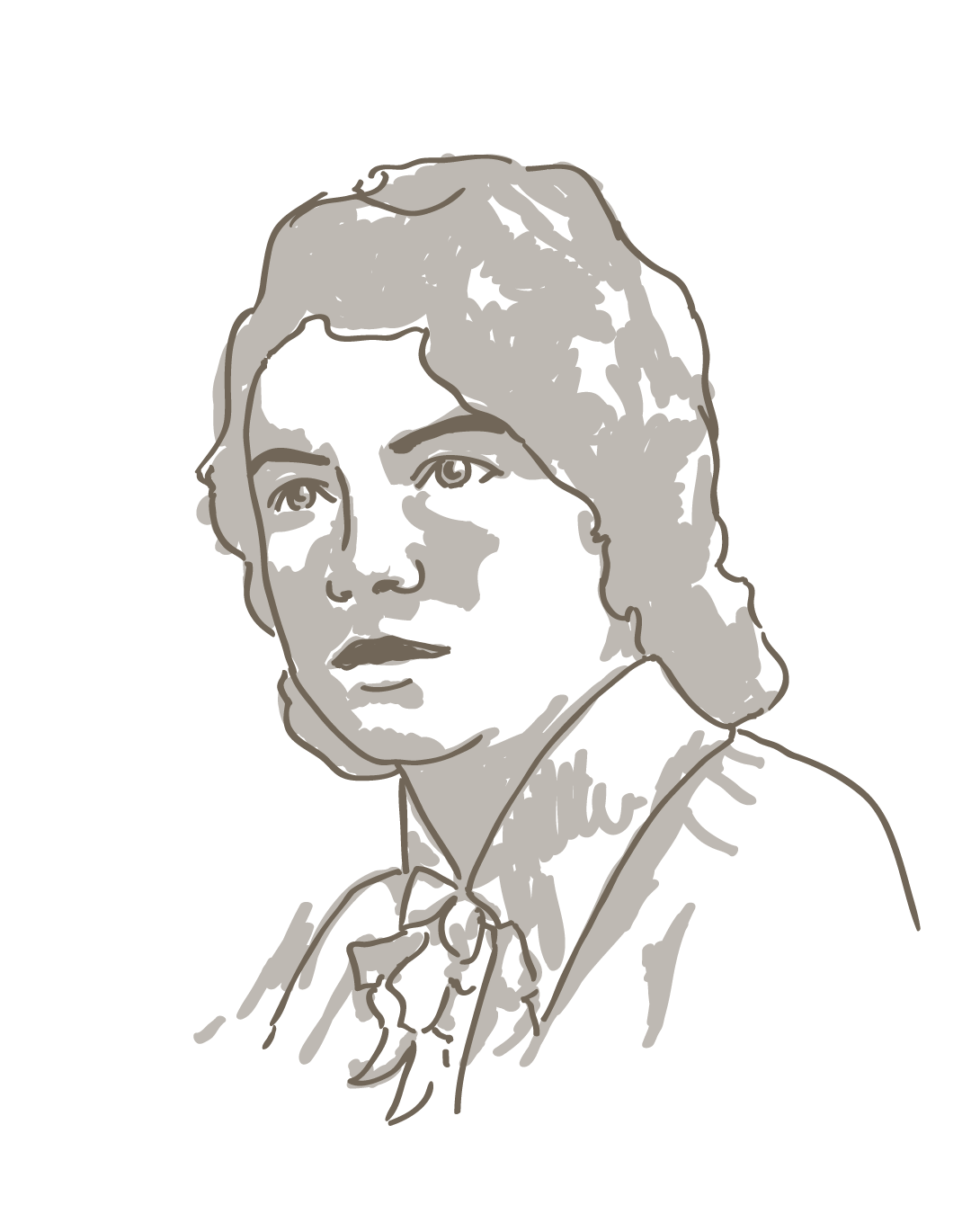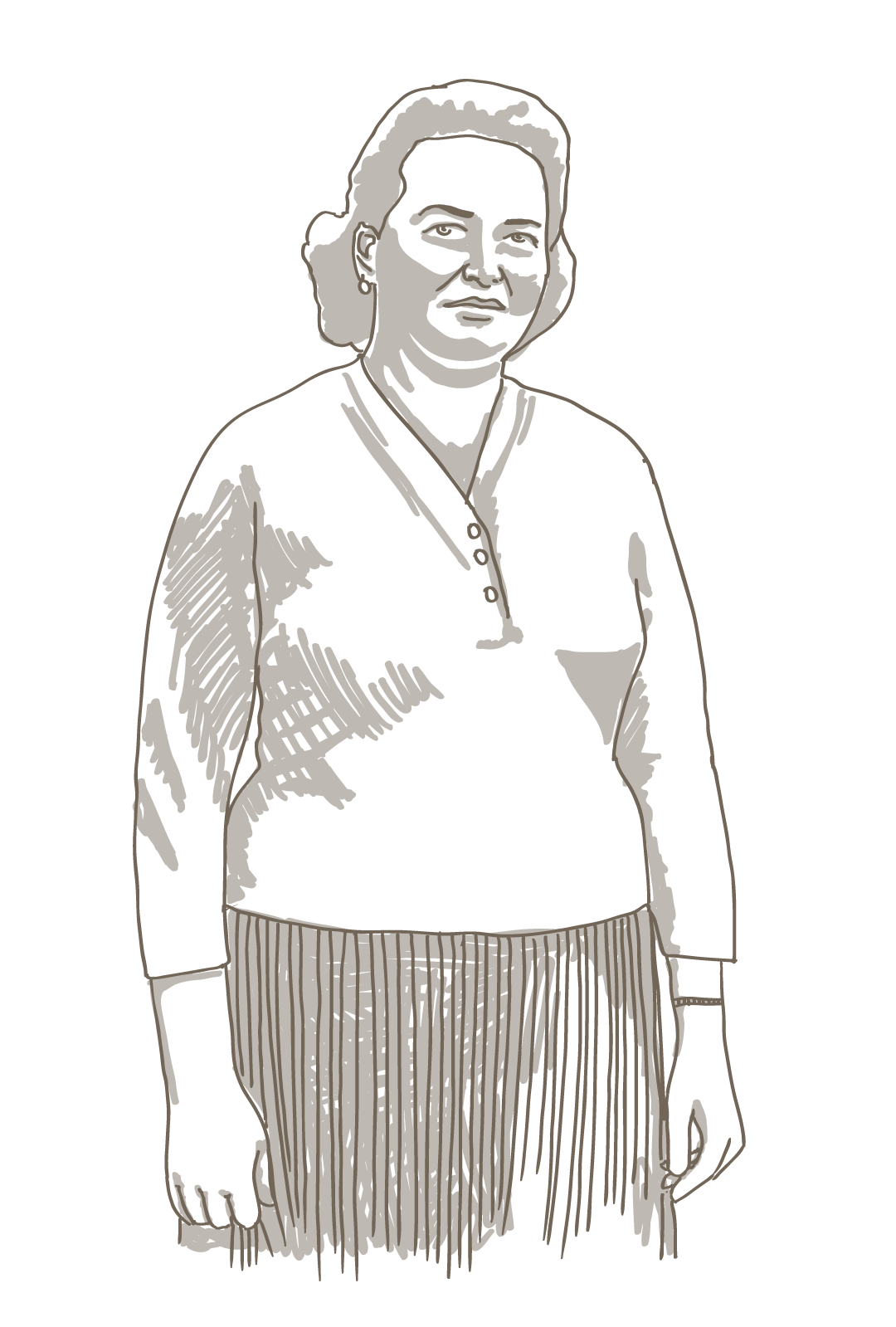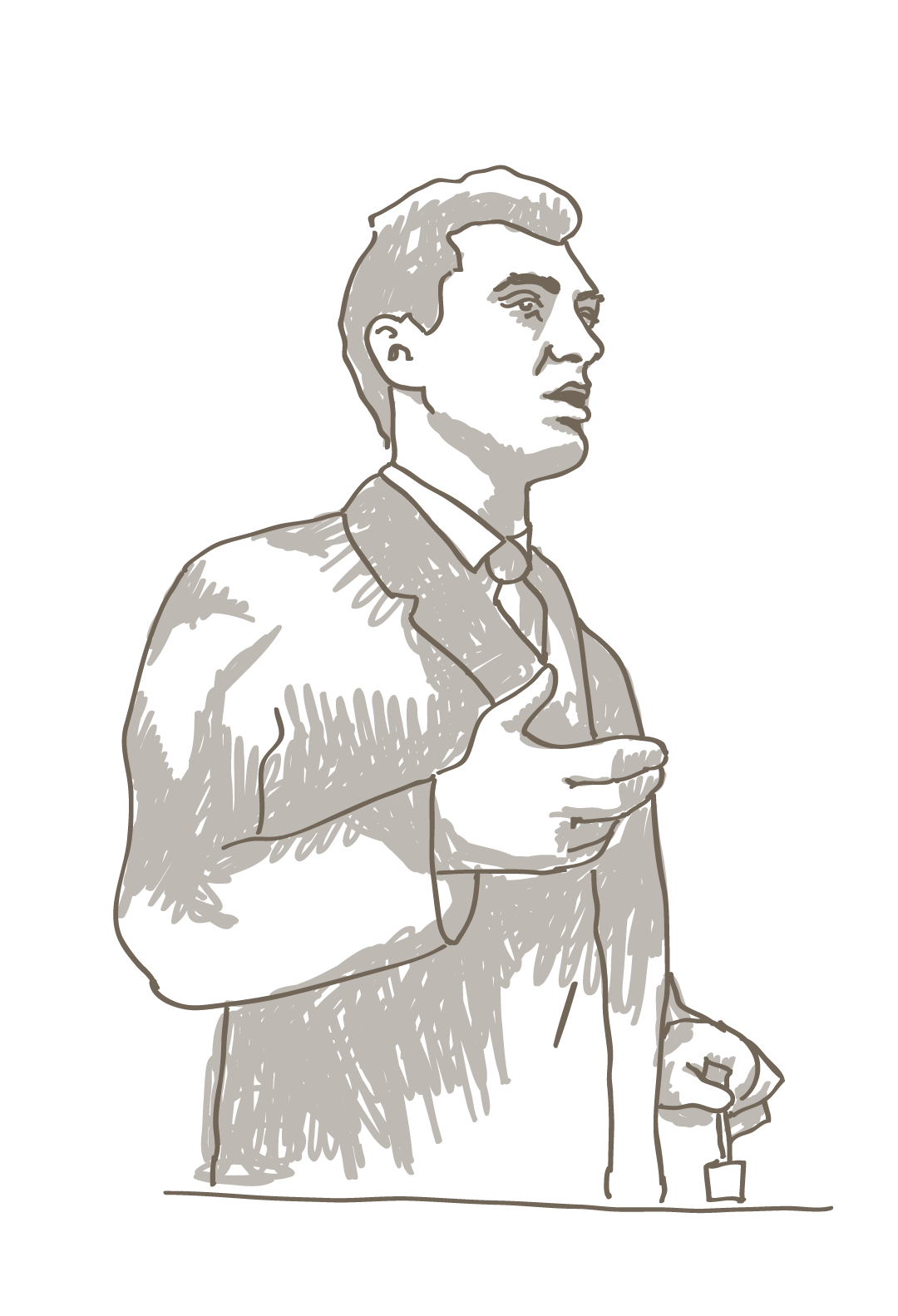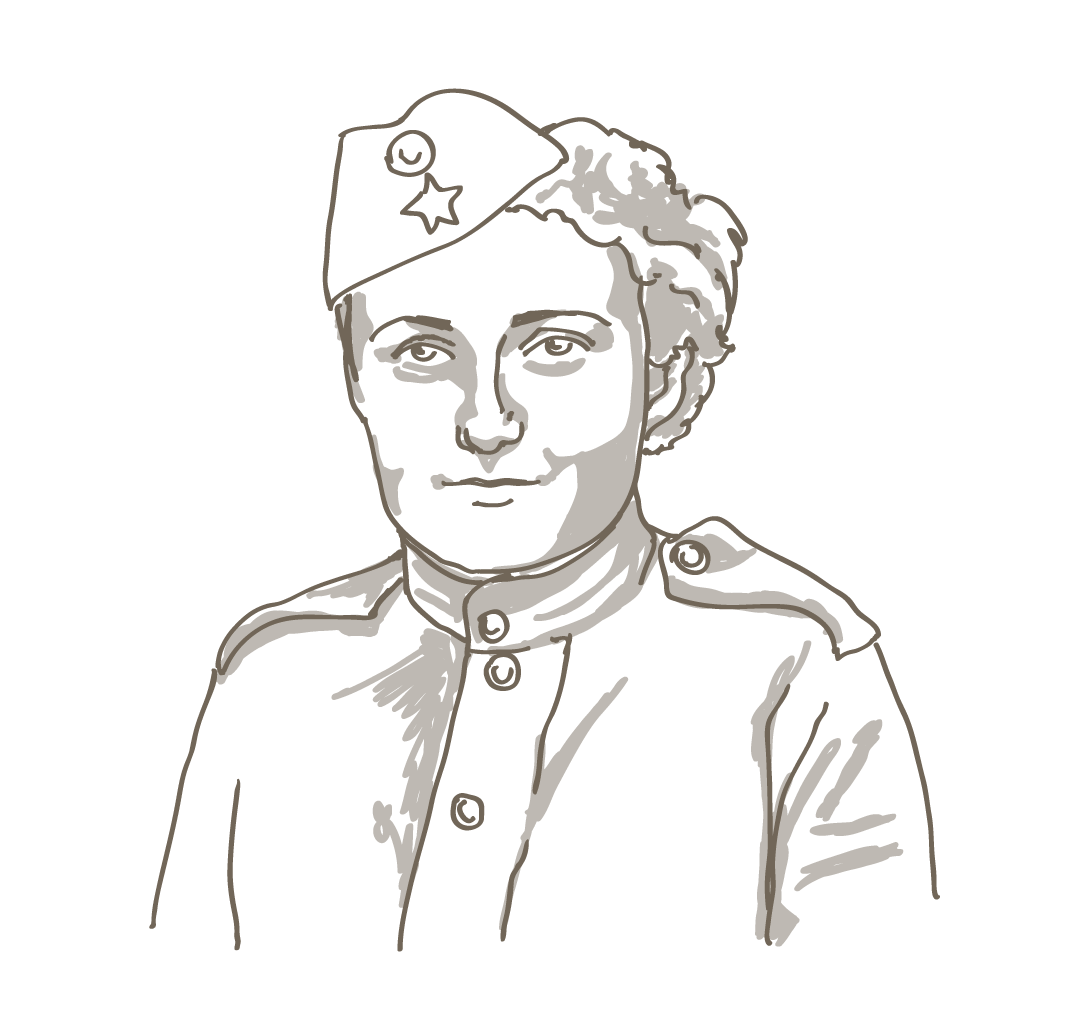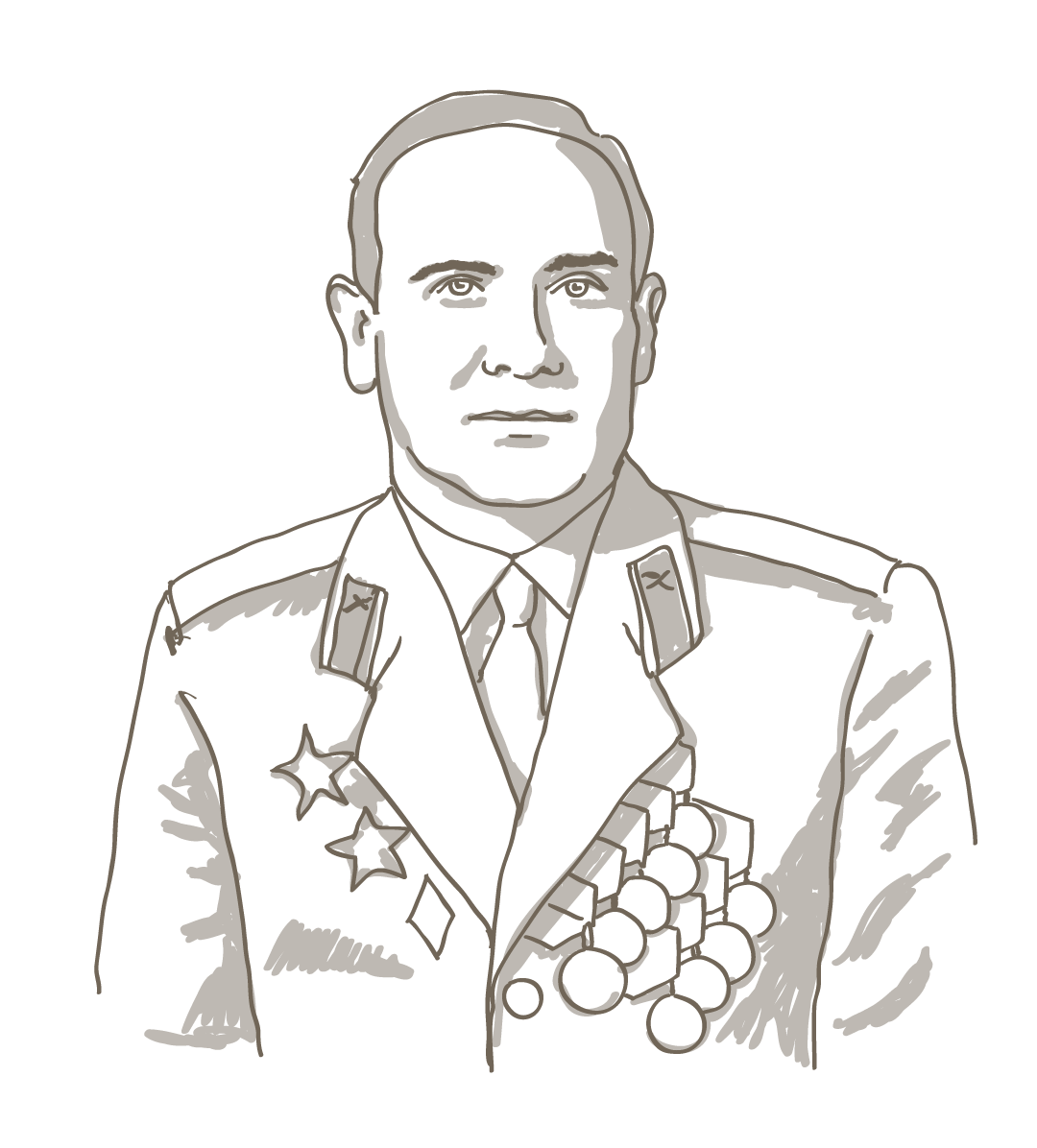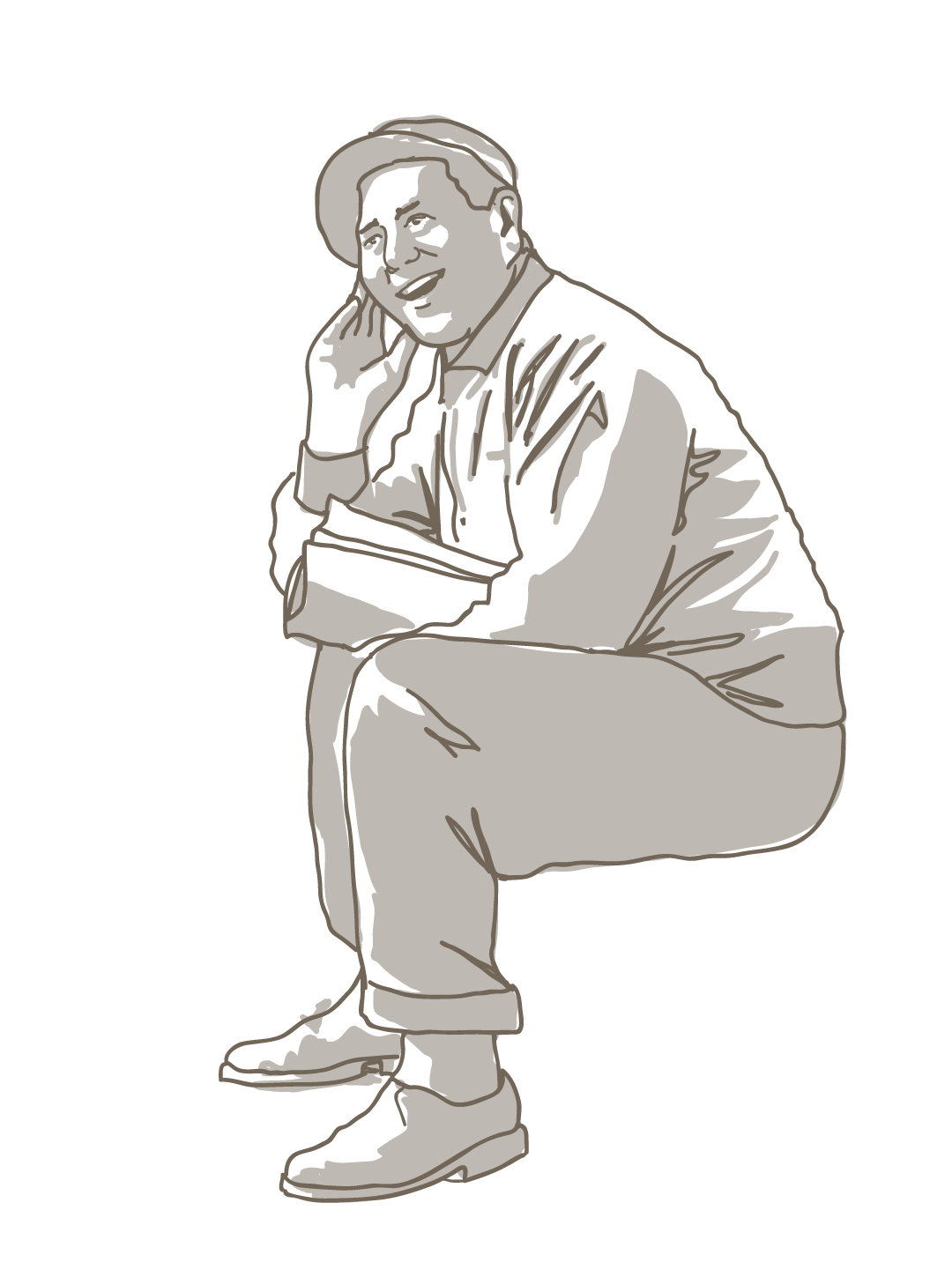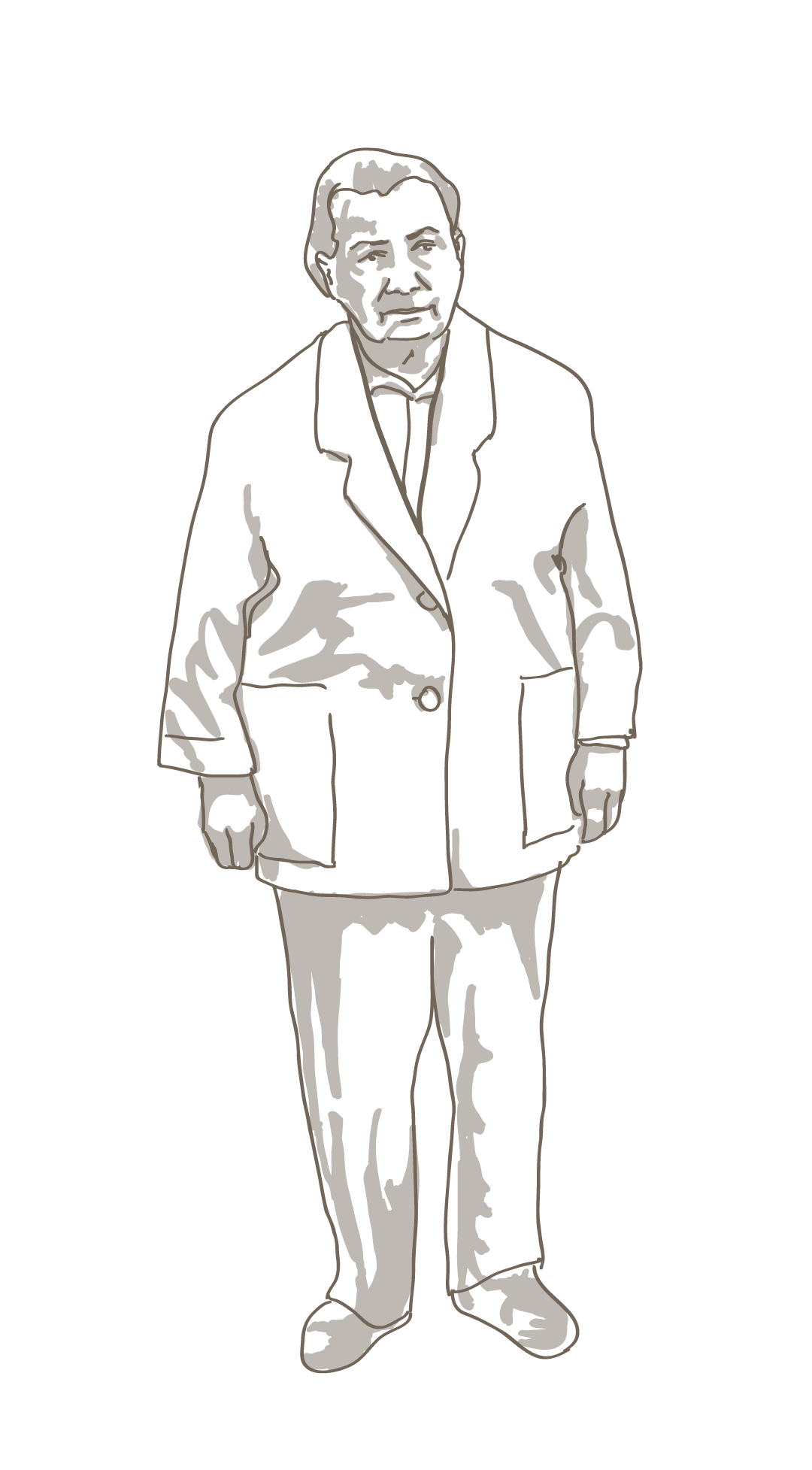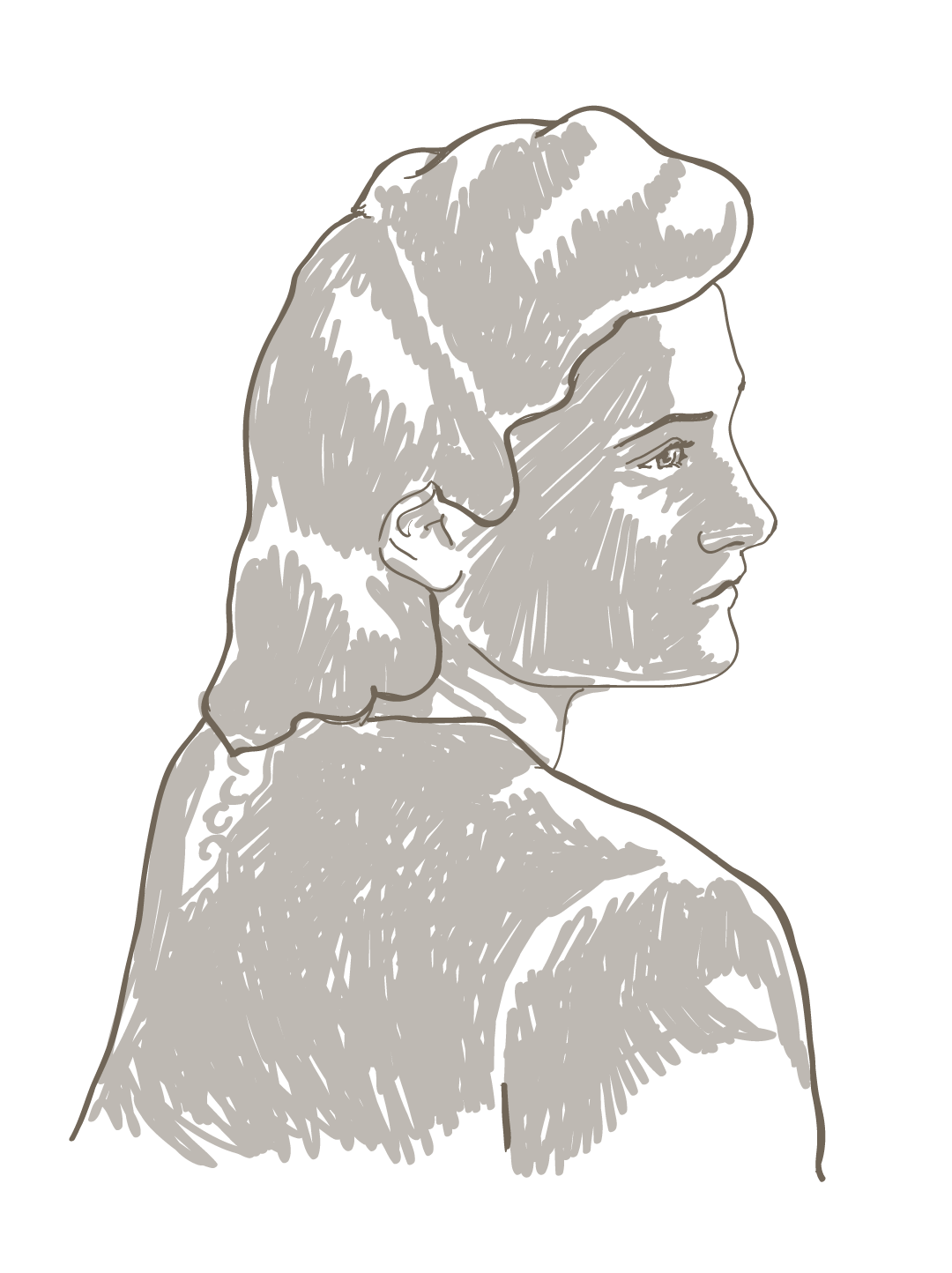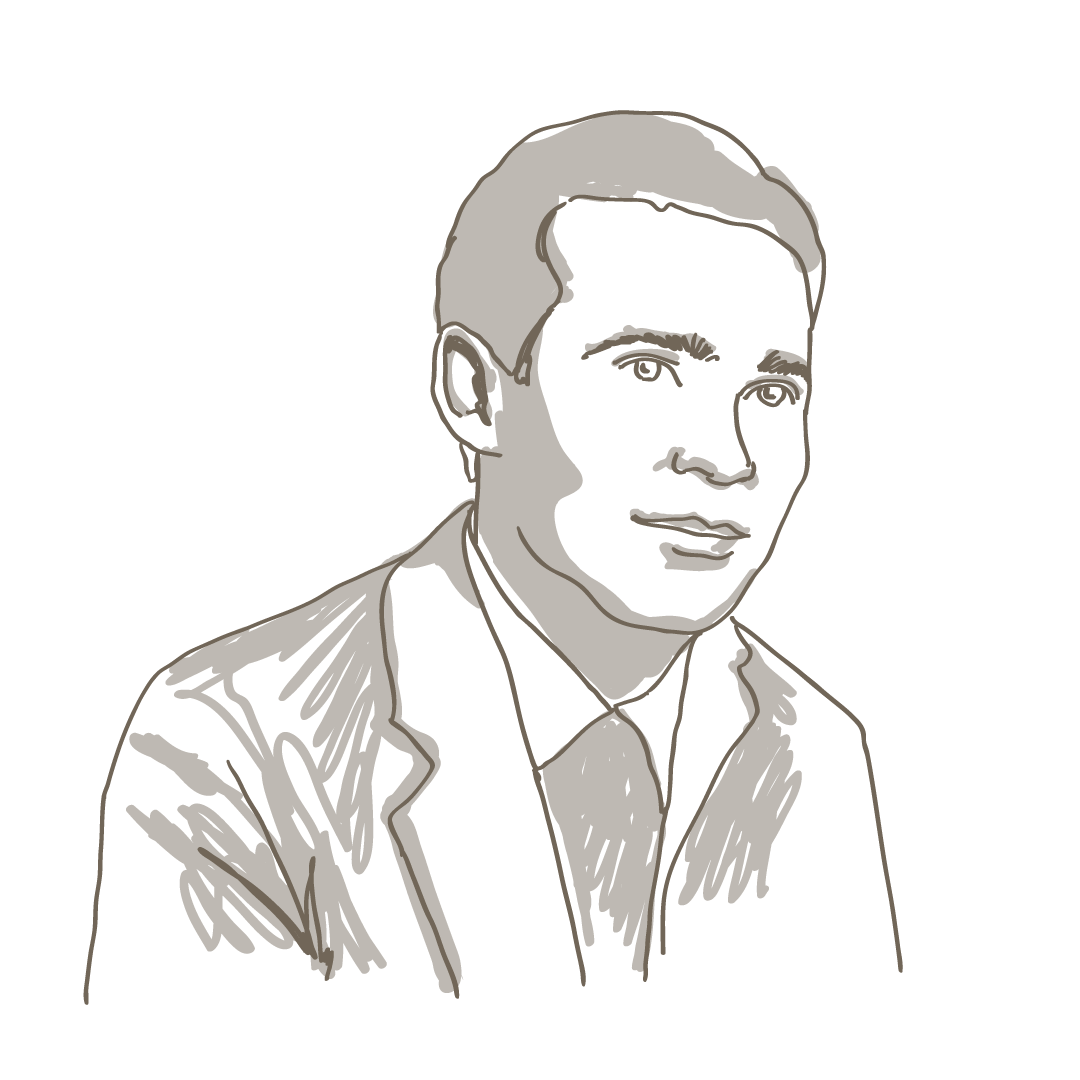Jewish life in Belarus
Centropa interviewed 1,200 elderly Jews in 15 European countries. They shared with us their life stories—from their grandparents to their great-grandchildren. Drawing from Centropa interviews with elderly Jews who were born in Belarus and archival materials that were collected by Centropa’s partner, the Leonid Levin History Workshop, we take a look at ten selected biographies and their connections to Jewish life in Belarus.
The history of Jewish life in Belarus dates back to the time of Grand Duke VitautGrand Duke VitautThe Grand Duke Vitaut, also known as Vytautas or Vytautas the Great, was a ruler of the Grand Duchy of Lithuania, which stretched from modern-day Lithuania to the black sea coast of Ukraine, and bordered the Kingdom of Muscovy and Poland. The Grand Duke was responsible for developing the state economy and introducing many reforms. He was an important figure in the Lithuanian National Revival during the 19th century and is nowadays seen as a national hero..
Since the end of the 14th century, Jews benefited from the tolerant legislation in the Grand Duchy of Lithuania, which included the territories of present-day Belarus. In the middle of the 17th century, about 80,000 to 90,000 Jews lived on the territory of present-day Belarus. In those days their situation deteriorated significantly. The Cossack uprisingCossack uprising under Bohdan KhmelnytskyThe Khmelnytsky Uprising was a Cossack rebellion between 1648 and 1657 in the eastern territories of the Polish–Lithuanian Commonwealth. Under Bohdan Khmelnytsky, the Zaporozhian Cossacks, allied with the Crimean Tatars and local Ukrainian peasantry, fought against Polish domination and the Commonwealth forces. The insurgency was accompanied by mass atrocities against the civilian population, especially against the Roman Catholic clergy and the Jews. under Bohdan Khmelnytsky, in the course of which the first large-scale persecution of Jews in Eastern Europe took place, is considered to have been a turning point.
After the annexation of the Belarusian and Ukrainian territories by the Russian EmpireThe Russian EmpireThe Russian Empire was founded in 1721 and ended on March 15, 1917 with the abdication of Nicholas II, marking the end of the Romanov dynasty’s ruling. at the end of the 18th century, a “pale of settlementThe Pale of SettlementThe Pale of Settlement was a territory of the Russian Empire with varying borders in the west that existed from 1791 to 1917, wherein the residence of Jews was legally authorized.” was defined as an area where Jews were allowed to settle (the noun pale describes an area under special control or jurisdiction). Jews were now forbidden to buy land and settle in rural areas. They engaged in crafts and trade in towns and shtetls. According to an 1897 census, over half of the population in Minsk were Jews. In 1917 there were 83 synagogues in the city – more than churches and monasteries. For centuries, the Jewish population in Belarusian cities and shtetlsshtetlsMeaning ‘little town’ in Yiddish, a shtetl was a small town in Central and Eastern Europe that comprised a large Ashkenazi Jewish population before the Holocaust. Shtetls ranged in size from several hundred to several thousand residents. had lived in close economic, social, and cultural exchange with their neighbors. But when between 1903 and 1907 a wave of pogromsPogromsPogroms usually refer to violent attacks by local non-Jewish populations on Jews in the late 19th and early 20th centuries. They were either approved, encouraged, or condoned by authorities, and they targeted persons and property. rolled over the settlement area, the Belarusian territories were also affected.
Minsk became a center of Jewish life in Belarus. In the 19th- and 20th-century Russian Empire, traditional educational institutions – cheder schoolsChederMeaning ‘room’ in Hebrew, a chefer is a jewish elementary school where children learn Hebrew and the basics of Judaism. – were widespread. Children from wealthy families received their education in co-educational high and secondary schools. Only 3 to 5 percent of Jewish students were allowed to enroll in the universities. In the Soviet period, on the other hand, the traditional Jewish educational system was severely restricted. Until the 1930s, illegal yeshivasYeshivasMeaning ‘sitting’ in Hebrew, yeshivas are educational institutions that focus on the study of religious texts, in particular the Talmud, the Torah, and the Halakhah. and cheder schools existed, attended by over 500 children. A Yiddish-language education system after Soviet models was introduced. Jewish kindergartens, schools and pedagogical vocational schools opened in Minsk. Their curriculum did however not include national traditions and culture – and they were soon banned.
From mid-July 1941 to the end of October 1943, a ghetto existed in occupied Minsk. It was used for the mass extermination of Jews forcibly resettled from Belarus, as well as of Jews deported from Austria, Germany, and the Protectorate of Bohemia and Moravia (present-day Czech Republic. In Maly TrascianiecMaly (murders)Maly Trascianiec was a concentration camp that was on the outskirts of Minsk. The camp initially held Soviet prisoners of war captured after the German advance on the Soviet Union during summer 1941. Maly Trascianiec became an extermination camp on May 10, 1942. Its primary purpose was to eradicate the Jewish population of Minsk and the surrounding areas with mobile gas chambers. not far from Minsk, a memorial commemorates the murder and expulsion of Jews during the Holocaust. At least 60,000 people were murdered there between 1942 and 1944.
After World War II, the anti-Semitism and anti-Israel sentiments of the Soviet government made life difficult for Soviet Jews. Passports of Soviet citizens recorded ethnicity of the holders, and for Jews this was “jewish”. Jews were thus subjected to semi-official discrimination: Professional advancement or enrollment in universities was denied to Jews, and they were principally under suspicion. It was very difficult to leave the country; many of them came to Israel only after the collapse of the Soviet Union.
Today, the Jewish community in Minsk is the largest in Belarus. There are three functioning synagogues in the city. The Chorale Synagogue however, opened in 1906, now houses the National Dramatic M. Gorky TheaterThe National Dramatic M. Gorky TheaterThe National Dramatic M. Gorky Theater was named after the Russian short-story writer and novelist Maxim Gorky, known for his stories, novels, and plays, including his famous The Lower Depths.. While in the first half of the 20th century there were about 80,000 Jews living in the Belarusian capital, forming a large percentage of the population, today only about 5,000 Jews live in the metropolis of nearly two million inhabitants.
Further reading:
- About the Grand Duke Vitaut: www.vitort.com
- About the Cossack uprising under Bohdan Khmelnytsky:
www.jstor.org/stable/20101495 and
www.jewishencyclopedia.com/articles/4685-cossacks-uprising - About the Russian Empire: www.britannica.com/place/Russian-Empire
- About the Pale of Settlement: www.jewishvirtuallibrary.org/the-pale-of-settlement
- About shtetls: www.myjewishlearning.com/article/shtetl-in-jewish-history-and-memory
- About pogroms: encyclopedia.ushmm.org/content/en/article/pogroms and
www.britannica.com/topic/pogrom - About Maly Trascianiec: www.jewishvirtuallibrary.org/maly-trostenets-concentration-camp
